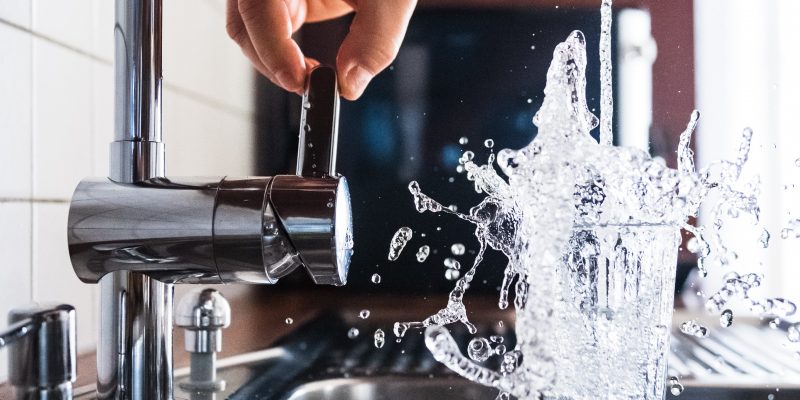It’s no secret that plumbing problems can be some of the most frustrating and inconvenient issues you face in your home. From a clogged toilet to a dripping faucet, having faulty plumbing can be an aggravating – not to mention costly – issue to deal with. Fortunately, there are several strategies you can use to fix common plumbing problems without breaking the bank or needing to call a plumber for help.
In this comprehensive guide, we cover everything from identifying common plumbing issues and how to tackle them yourself through DIY solutions. Whether you’re dealing with low water pressure or need tips on unclogging drains and pipes, read on for the must-know tips for fighting those pesky plumbing nightmares.
Overview of common plumbing problems
Everyone will likely encounter a plumbing problem at some point in their lives. While it can be inconvenient, proper knowledge and preparation will help you handle these common issues with minimal stress. Clogged or slow-draining sinks, leaky faucets, and running toilets are common plumbing problems people face regularly. Leaky pipes can cause flooding and water damage if left unchecked.
Protecting your home by checking for potential issues like rotten seals and corrosion is the first defense against significant repairs. Thankfully, many plumbing problems can be fixed without calling a plumber; armed with the right tools and information, knowing how to make temporary fixes or preventative measures will save you time, money, and peace of mind in the long run. Check out https://completecomfortgo.com/ac-repair/ for more info.
Tips for diagnosing and fixing clogged drains
One of the most common plumbing problems is a clogged drain, and fortunately, it’s usually easy to fix once you identify the cause. To begin, check around the sink or tub for blockages like hair or debris; these items can easily be removed with pliers or rubber gloves. If that doesn’t work, try pouring boiling water down the drain to break up whatever might be causing the clog. You can also use a plunger if needed.
If none of these strategies work, you may need to remove and clean out your pipes. Start by disassembling the pipes underneath your sink and using either a wire hanger or pipe cleaner to eliminate any remaining clogs. If you’re still having trouble, consider using a drain cleaner.
Steps to take when your toilet is overflowing
An overflowing toilet is not only an unpleasant sight but can also cause significant water damage if done unchecked. To prevent this issue from worsening, try to identify the source of the overflow and take action accordingly. If you can locate a blockage, use a plunger or snake to clear the clog. Adjust your water levels by turning the shut-off valve on your toilet so that less water is used for each flush.
If these strategies don’t work and the overflow persists, you may need to call a professional plumber for help. While it may be expensive at first, having a professional check out your pipes will save you from costly repairs in the future.
Solutions to low water pressure issues
If you’re experiencing low water pressure, there may be a blockage in your plumbing system. Start by checking for any apparent blockages like mineral deposits or foreign objects preventing water flow. You can also try flushing out your pipes with a mixture of vinegar and baking soda; this will help clean out any built-up sediment or debris causing the issue.
If these strategies don’t work, try cleaning your faucet aerator and showerhead with an old toothbrush. Over time, these components can become clogged with dirt and grime – if cleared out, it should help improve your water pressure overall.
How to repair leaky faucets and showers
Leaky faucets and showers can be a significant nuisance, but they’re easily fixed with the right tools. First, start by disconnecting the water supply line to the fixture and then removing the handle or knob. Once you have access to the inner workings of your faucet, look for any broken components like gaskets or washers that may need to be replaced. If you need help determining what part you need, consider taking it to a local hardware store where an employee can point you in the right direction.
Once you have all your new parts, start putting them back together in their original order and test out your faucet before fully reassembling it. It will help you ensure that the leak has been fully fixed, and you won’t have to go through the process again.
What to do when you have a sewer backup
If you’re experiencing a sewer backup, it likely means an obstruction in your plumbing system. To start, check all of the drains in your house to see if any are clogged; this could be caused by tree roots or other debris that has made its way into your pipes. If you find any blockages, use a plunger or snake to dislodge them and flush out the lines with hot water.
If these strategies don’t work, consider calling a professional plumber to look at the issue – they will be able to identify what is causing the problem and suggest possible solutions. Additionally, if you live in an area where sewage backups are standard, consider investing in preventive measures like backflow valves to help stop future backups.











